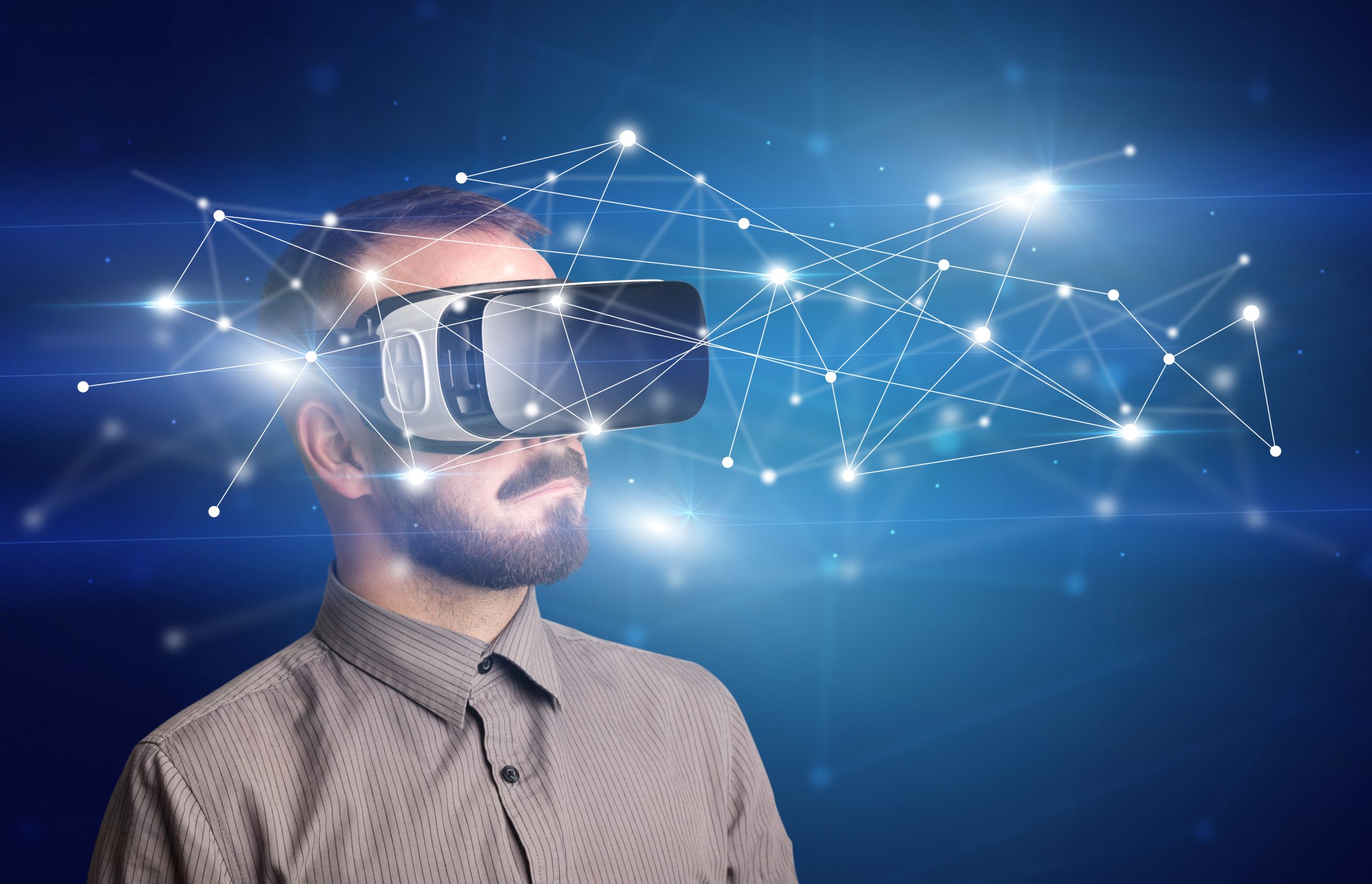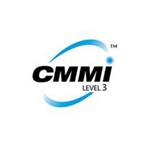Introduction
The boundaries between the physical and digital worlds are fading. Technologies like Augmented Reality (AR), Virtual Reality (VR), and Mixed Reality (MR)—collectively known as Extended Reality (XR)—are creating immersive experiences that redefine how industries operate.
From training employees in realistic virtual setups to visualizing products before production, XR is reshaping how people learn, collaborate, and innovate across multiple sectors.

1. Understanding Extended Reality (XR)
Extended Reality is an umbrella term for immersive technologies that blend digital and physical environments.
-
AR (Augmented Reality): Adds digital layers onto real-world surroundings.
-
VR (Virtual Reality): Immerses users in entirely simulated environments.
-
MR (Mixed Reality): Combines both elements, enabling real and virtual objects to interact in real time.
Together, these technologies are helping industries enhance efficiency, reduce costs, and improve user engagement.
2. Applications of XR Across Industries
a. Manufacturing and Industrial Training
Manufacturers are increasingly adopting XR for training, design visualization, and maintenance support. Workers can simulate real-world tasks using VR headsets—helping them understand machinery and safety protocols before stepping onto the factory floor.
AR-guided maintenance systems also allow technicians to receive real-time instructions, reducing downtime and improving operational accuracy.
b. Healthcare and Medical Simulation
In healthcare, XR supports surgical training, remote consultations, and patient education.
VR simulations enable medical students to practice procedures safely, while AR assists surgeons with real-time overlays during complex operations.
These tools enhance learning and planning while maintaining patient safety.
c. Education and Skill Development
Classrooms are becoming more interactive with XR integration.
Students can explore historical events through VR tours or understand complex science concepts with AR-enabled models.
This immersive learning approach improves engagement and helps bridge theoretical knowledge with practical understanding.
d. Retail and E-Commerce
Retailers use XR to enhance customer experiences through virtual try-ons, 3D product visualization, and interactive showrooms.
Consumers can preview furniture in their living spaces or test apparel virtually before making a purchase decision—reducing returns and boosting satisfaction.
e. Real Estate and Architecture
Architects and real estate developers employ XR to offer virtual property tours and 3D walkthroughs.
Potential buyers can explore spaces remotely and visualize design changes in real time, helping accelerate decision-making and improve client experience.
f. Defense and Safety Training
Defense organizations leverage XR for simulation-based training, enabling personnel to practice complex missions in safe, controlled environments.
These training modules replicate real-world conditions, allowing participants to improve coordination, response, and critical thinking skills.
g. Automotive Industry
Automakers integrate XR for prototyping, design validation, and immersive showrooms.
Design teams can visualize full-scale 3D vehicle models, while customers experience lifelike test drives through VR—bridging the gap between concept and reality.
3. The Role of XR in Digital Transformation
XR acts as a catalyst for digital transformation by combining data visualization, collaboration, and automation.
When integrated with technologies like AI, IoT, and 5G, XR creates intelligent ecosystems where physical assets and digital interfaces coexist seamlessly.
This convergence is driving smarter decision-making, improved efficiency, and enhanced customer engagement across sectors.
4. Challenges and Responsible Adoption
While XR adoption is accelerating, challenges like hardware costs, content creation, and privacy concerns remain.
Enterprises are gradually addressing these through cloud-based XR solutions, standardization, and ethical frameworks that promote secure, inclusive use of immersive technologies.
5. The Future of Extended Reality
By 2026 and beyond, XR will likely become integral to enterprise operations—enabling remote collaboration, predictive maintenance, and experiential marketing.
As hardware becomes lighter and connectivity improves, the line between the real and virtual worlds will continue to blur, paving the way for immersive, connected industries.
Conclusion
Extended Reality is no longer just a futuristic concept—it’s a growing force driving innovation and efficiency across industries.
From manufacturing and healthcare to education and retail, XR continues to redefine how businesses train, collaborate, and engage in a world where reality and technology coexist.













